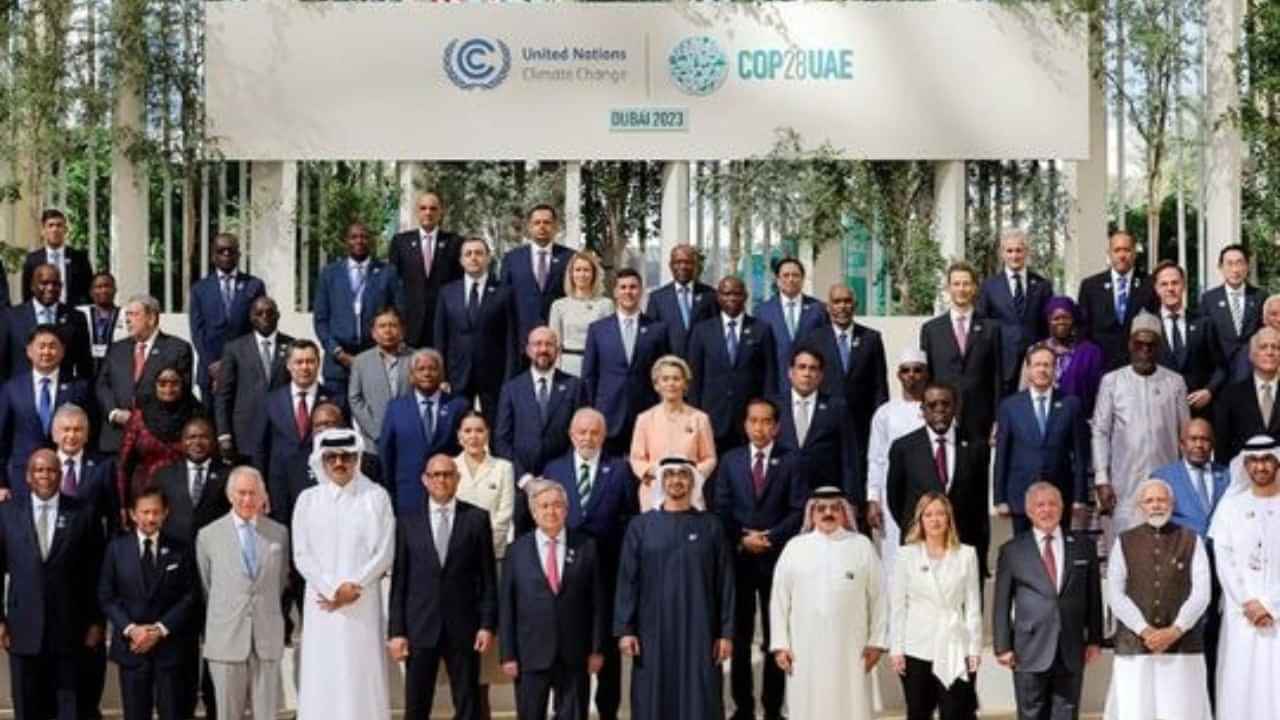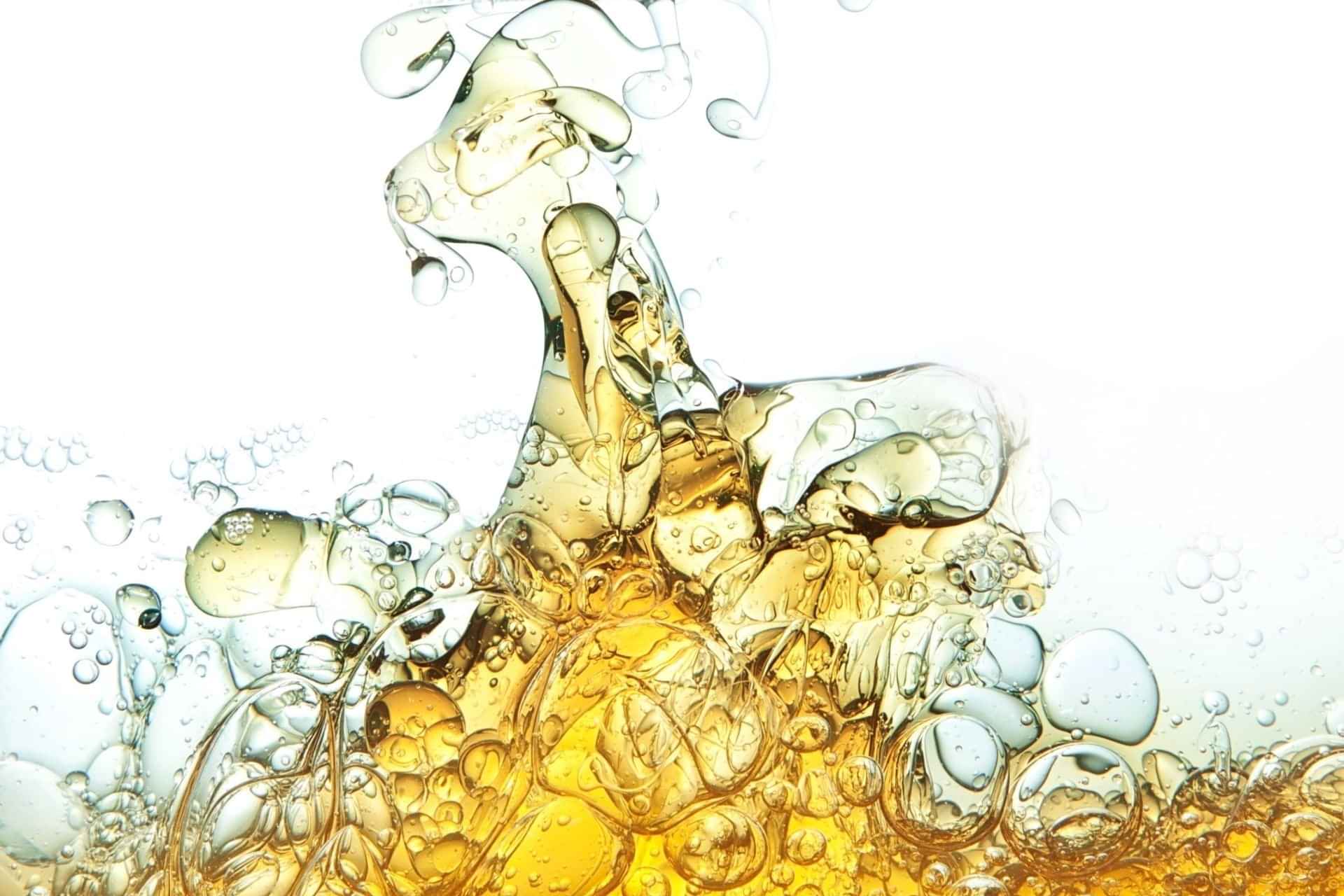- About
- Industries
- Products
- Wastewater Treatment
- Conventional Effluent Treatment: AQUASEP
- Toxic Refractory < 60,000 COD Removal: Catalytic Hydro-oxidation CHD-Ox
- Wet Air Oxidation for TOXIC > 60,000 COD : THERMOX
- Nanobubbles in Water Treatment: NANOPOREX-E
- Chemical-Free Cooling Tower Technology – A Sustainable Solution: ZEPHYR
- MVR for ZLD: Vapozem
- Membranes in wastewater Treatment: PROMEM
- TSS removal and Product recovery using Ceramics: PORESEP
- Heavy Metals and Trace Contaminant removal using Resins: SORBION
- Improving Efficiency of your sand bed filters: NANOMATRIX
- Choosing the Right technology for Wastewater treatment: Wastewater Treatability Studies’
- Reduce/Recover Oil from Wastewater: DISORB
- Produced Water Treatment: PWT
- Non Biofouling Membranes in wastewater Treatment: PROMEM-B
- Advanced Bioaugmentation Culture: BIOPORE
- Cavitation using Ultrasonics: RUSONICS-E
- Oxygen Generator System for Industries: OXYLIFE
- Process Solutions
- Precious Metal catalyst Filtration: CONTUFILT-M
- Activated Carbon Filtration: CONTUFILT-AC
- Raney Nickel Catalyst Filtration: CONTUFILT-RN
- Hot Gas Filtration: CONTUFILT – MH
- Biosolids removal using ceramics: PORESEP
- MVR for ZLD: VAPOZEM
- Ion Exchange-based RESINS: SORBION
- Dehydrating solvents by Zeolite Membranes: SOLVOSEP
- HiGee Continuous Distillation: ROTASEP
- Molecular Separation by Membranes: PROMEM
- Filtration & Separation
- Precious Metal catalyst Filtration: CONTUFILT – M
- Activated Carbon Filtration: CONTUFILT-AC
- Raney Nickel Catalyst Filtration: CONTUFILT-RN
- Hot Gas Filtration: CONTUFILT – MH
- Ceramic Dynamic Membrane Filtration: PORESEP
- MVR for ZLD: Vapozem
- Nano-Bubbles Improve Process Efficiency: NANOPOREX
- Alternate to Continuous Distillation / Rectification: ROTASEP
- Liquid-Liquid Extraction Mixer Settler: SEPARIX
- Ion Exchange-based RESINS: SORBION
- Pervaporation: Dehydrating Solvents and Separating Mixtures: SOLVOSEP
- Cartridges & Filter Bags: FLOWSEP™
- Molecular Separation by Membranes: Recovery and Isolation: PROMEM
- Colour / Organics / VOC Removal: CARBOSORB
- Oxygen Generator System for Industries: OXYLIFE
- RUSONIC – Sonochemistry
- Magnetic Separator Technology: MAG-Filt
- Wastewater Treatment
- Resource
- Contact Us
Advanced Solutions in Produced Water Treatment: Efficient Removal of Contaminants for Sustainable Resource Recovery
In the intricate landscape of oil and gas production, the co-production of water, known as produced water, presents a significant challenge. This water, derived from both injection sources and natural occurrences alongside hydrocarbon deposits, requires meticulous treatment to eliminate contaminants for eventual recovery and recycling. Produced Water Treatment (PWT) systems play a pivotal role in addressing environmental concerns and ensuring the sustainable utilization of water resources within the oil and gas industry.
Primary Contaminants in Produced Water:
1. High Levels of Total Dissolved Solids (TDS):
TDS encompass various inorganic salts, minerals, and metals dissolved in water.
Excessive TDS can lead to environmental degradation and complicate water reuse. PROMEM Reverse osmosis is employed to reduce the TDS wherever required.

2. Oil and Grease, Dispersed Oil:
Microscopic oil droplets that evade traditional separation methods.
Specialized techniques are required for efficient removal.
Hydrocarbons, both dissolved and dispersed, are common components in produced water.
Effective removal is crucial to prevent environmental harm and comply with regulatory standards. DISORB media not only removes oil and grease but also removes suspended solids – followed by Nanomatrix is a very good combination and replaces technologies like CPI, IGF, and NUTSHELL.
3. Dissolved and Volatile Organic Compounds, Heavy Metals:
Elements like lead, mercury, and cadmium can contaminate produced water.
Effective removal is essential to prevent soil and water contamination.
Chemicals originating from the hydrocarbon reservoir that dissolve into the water.
Treatment is necessary to mitigate environmental impact. If the requirements are stringent, oxygen scavengers and RESIN columns can be used if the water has to be used in the process.
4. Radionuclides:
Naturally occurring radioactive elements can be present in produced water.
Rigorous treatment is required for safe disposal or reuse. Resins work, and proper studies have to be carried out to improve and make the water safe for disposal.
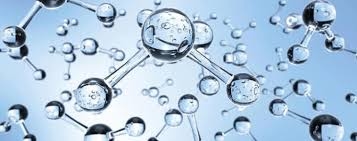
5. Dissolved Gases and Bacteria:
Gases such as hydrogen sulfide and bacteria can be present in produced water.
Removal is critical to prevent corrosion, foul odors, and biological hazards. Advanced oxidation, Ultrasonics, UV, and other techniques can be used to make the water bacteria-free. H2S is also removed using Thiobacteria in bio-trickling filters – Biotreatability is carried out to find the efficacy of these approaches
6. Chemicals Used in Oil/Gas Production:
Additives like biocides, scale and corrosion inhibitors, and emulsion breakers.
Proper treatment ensures the elimination of these chemicals for safe discharge or reuse. AOP is the best method along with bubbles NANOPOREX helps in breaking the organic molecules into simpler chemistries.
Produced water treatment stands at the forefront of sustainable practices in the oil and gas industry. The removal of contaminants through advanced methods like CPI, Nutshell Filters, SORBION resins, PROMEM, or PORESEP dynamic Membranes, and Oleophobic DISORB Media not only ensures compliance with environmental regulations but also enables the responsible recovery and recycling of water resources. As the industry continues to evolve, investing in innovative and efficient PWT solutions becomes paramount for fostering environmental stewardship and securing a sustainable future for water management in oil and gas production.
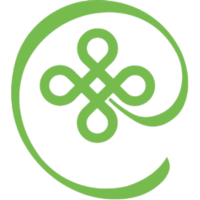
Industries
Wastewater Treatment
Separation Sciences
Contact
Sign in for latest updates
Stay informed with the latest updates from Diva Envitec! Sign up for our newsletter to receive exclusive news, insights, and case studies directly to your inbox.
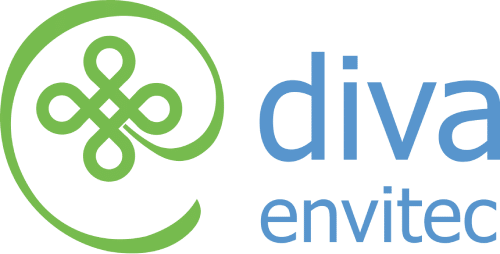
Copyright © 2024 Diva Envitec
Terms of Service
Privacy Policy
Industries
Wastewater Treatment
Separation Sciences
Contact
Sign in for latest updates
Stay informed with the latest updates from Diva Envitec! Sign up for our newsletter to receive exclusive news, insights, and case studies directly to your inbox.
